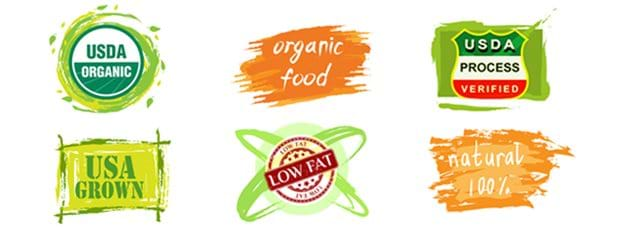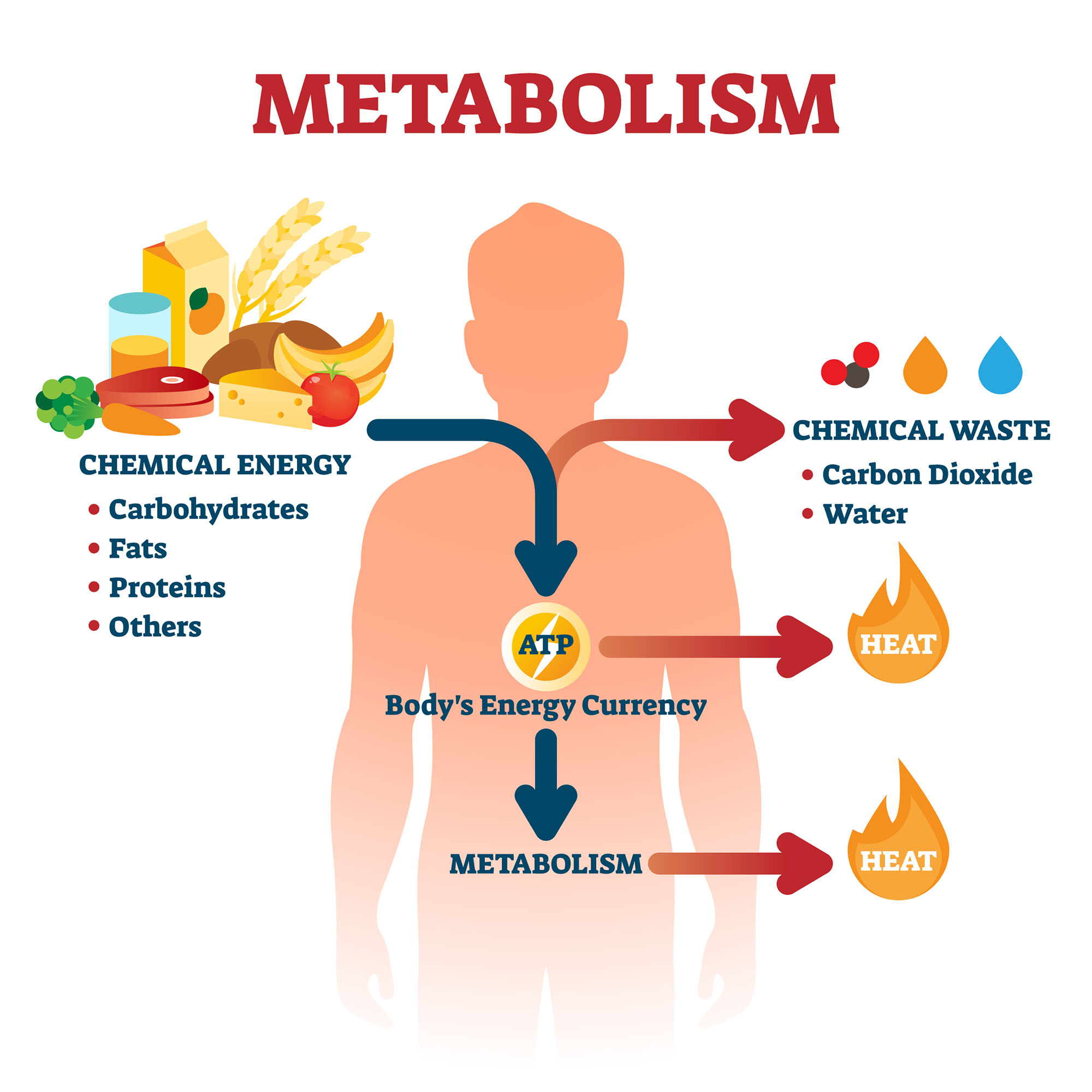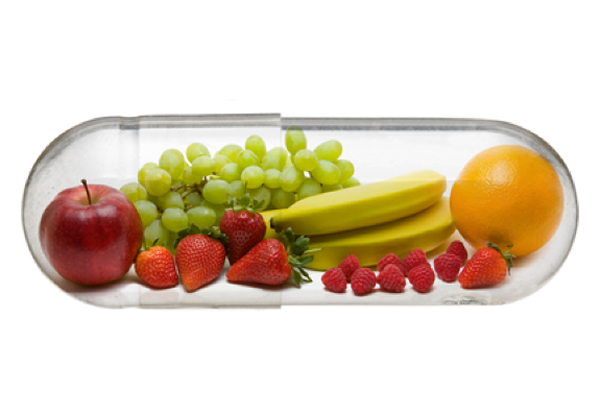The debate between organic and non-organic food has been a contention among consumers and experts.
Organic food has gained popularity in recent years due to claims of being healthier and more environmentally friendly.
However, some skeptics argue that organic food is a marketing ploy. In this article, we will delve into the topic of organic vs. non-organic food, examining the key differences between the two and shedding light on the potential benefits and drawbacks of each.
Organic food refers to agricultural products grown and produced using organic farming methods. These methods rely on natural fertilizers, crop rotation, and biological pest control while avoiding synthetic pesticides, genetically modified organisms (GMOs), and growth hormones. On the other hand, non-organic food is produced using conventional farming practices, which may involve synthetic fertilizers, pesticides, and other chemical additives.
One primary factor that drives consumers to choose organic food is the perception that it is healthier. Organic food proponents argue that it contains fewer harmful chemicals and pesticides, which may reduce the risk of certain health conditions.
While studies have shown that organic produce tends to have lower pesticide residues than non-organic produce, the health benefits remain debatable. The impact of pesticide residues on human health at the levels found in non-organic food is still uncertain and requires further research.
Moreover, the nutrient content of organic and non-organic food is similar. Multiple studies have indicated no significant difference in the nutritional composition between the two types of food. Both organic and non-organic food can provide essential vitamins, minerals, and macronutrients for a balanced diet.
One of the key arguments in favor of organic food is its perceived positive impact on the environment. Organic farming practices promote soil health, biodiversity, and water conservation. By avoiding synthetic fertilizers and pesticides, organic farming minimizes chemical runoff, which can pollute water sources. Additionally, organic farms often employ crop rotation and natural fertilizers, which can help improve soil fertility and reduce soil erosion.
On the other hand, non-organic farming methods may rely heavily on synthetic fertilizers and pesticides. While these chemicals can increase crop yields, they also pose environmental risks. Runoff from non-organic farms can contaminate waterways, harm aquatic life, and contribute to the overall degradation of ecosystems.
However, it’s worth noting that conventional farming methods have made significant progress in recent years, with the development of integrated pest management strategies and precision agriculture techniques that aim to reduce chemical usage and increase sustainability.
Organic food often comes with a higher price tag compared to non-organic alternatives. The increased costs are primarily due to the labor-intensive nature of organic farming and the limited availability and demand for organic products. This can make organic food less accessible to lower-income consumers, potentially limiting their ability to make healthier choices.
The choice between organic and non-organic food ultimately depends on personal preferences, dietary needs, and budgetary considerations. While organic food may offer some environmental benefits and potentially lower pesticide residues, its health benefits remain inconclusive.
Non-organic food, when produced sustainably, can also be a part of a healthy diet while being more affordable and accessible to a broader population.
It is essential to prioritize a well-rounded and balanced diet that includes a variety of fruits, vegetables, whole grains, and lean proteins, regardless of whether they are organic or non-organic. Additionally, supporting local farmers, whether organic or conventional, can contribute to a more sustainable and resilient food system.
Below are some examples of foods that are best to source organically and a list of non-organic options that are considered healthy and suitable.
*any redundancies in the lists are reflective of alternate sourced foods from independent farms, co-ops, privately grown/raised, etc. which non-organic may be considered an acceptable option
Organic Options (Proteins, Fruits, and Vegetables):
- Chicken (skinless, boneless)
- Turkey breast (skinless, boneless)
- Grass-fed beef
- Salmon
- Cod
- Shrimp
- Tofu
- Lentils
- Quinoa
- Collard greens
- Kale
- Mixed berries (blueberries, raspberries, strawberries)
- Apples
- Pears
- Peaches
- Beets
- Mustard greens
- Broccoli
- Bell peppers
- Tomatoes
- Cucumbers
- Carrots
- Celery
- Spinach
- Mixed salad greens (lettuce, arugula, etc.)
Non-Organic Options (Proteins, Fruits, and Vegetables):
- Eggs
- Yogurt
- Cottage cheese
- Milk (dairy or plant-based)
- Canned tuna
- Ground beef
- Veal
- Pork tenderloin
- White rice
- Oats
- Bananas
- Oranges
- Grapes
- Pineapple
- Avocado
- Cauliflower
- Cabbage
- Onions
- Garlic
- Mushrooms
- Sweet potatoes
- Zucchini
- Green beans
- Peas
- Corn
In conclusion, the organic vs. non-organic food debate is complex and multifaceted. Consumers should consider their values, budget constraints, and health concerns when choosing the food they consume.
By staying informed and making mindful decisions, individuals can contribute to a healthier and more sustainable food system for themselves and the planet.
Joe Carson B.S. NASM-CPT/FAS/CN
Master Trainer/Functional Aging Specialist/Certified Nutritionist
Twenty-First Century Aging





